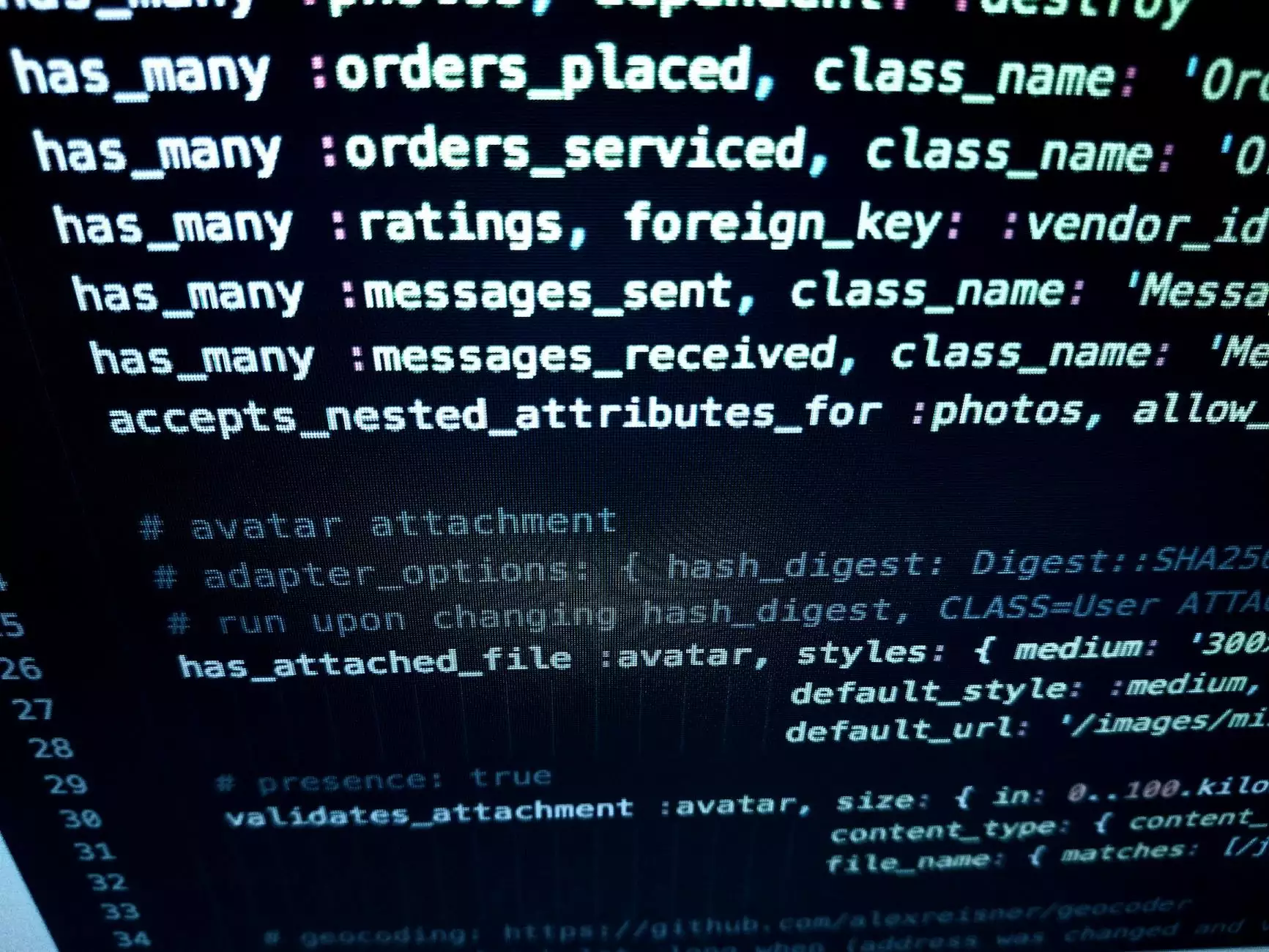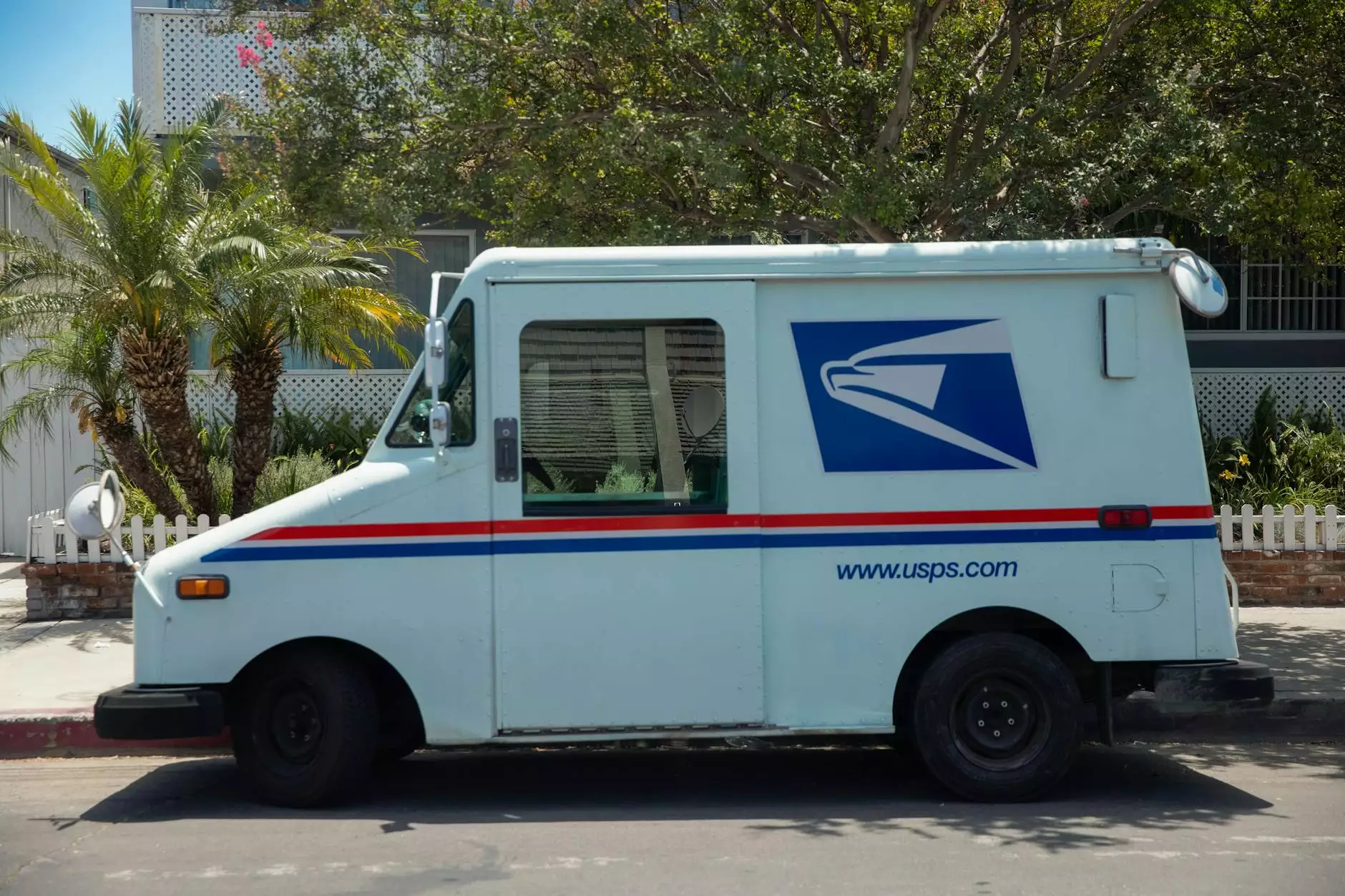How to Develop Meal Kit Delivery App like Blue Apron?
Blog
In today's fast-paced world, meal kit delivery services have become increasingly popular for individuals who want to eat healthy and home-cooked meals without the hassle of grocery shopping and meal planning. Blue Apron is one such meal kit delivery service that has gained massive popularity due to its convenience and variety of delicious recipes.
Understanding the Meal Kit Delivery Market
The meal kit delivery market has experienced significant growth in recent years, with more and more companies entering the industry to cater to the growing demand. Developing a meal kit delivery app like Blue Apron requires a thorough understanding of the market and the unique challenges it presents.
- Identify your target audience: Before diving into app development, it is crucial to identify your target audience and their specific needs and preferences. Understanding who you are catering to will help you tailor your app features and offerings accordingly.
- Analyze your competition: Research and analyze existing meal kit delivery apps to identify what sets them apart and what features they lack. This will give you valuable insights into the market and help you create a unique selling proposition for your app.
- Design a user-friendly interface: One of the essential aspects of a successful meal kit delivery app is a user-friendly interface. Your app should be intuitive, easy to navigate, and visually appealing to enhance the overall user experience.
Features and Functionalities of a Meal Kit Delivery App
To create a meal kit delivery app like Blue Apron, you need to incorporate a range of essential features and functionalities. Here are some key components to consider:
1. User Registration and Profile Creation
Allow users to register and create profiles within the app. This ensures a personalized experience and enables them to save their preferences, dietary restrictions, and delivery details.
2. Recipe Catalog
Include a comprehensive recipe catalog with a variety of options for users to choose from. Categorize recipes based on cuisine, dietary restrictions, cooking time, and complexity to make it easier for users to find their desired recipes.
3. Customizable Meal Plans
Give users the flexibility to customize their meal plans based on their preferences and dietary restrictions. This includes the ability to select the number of servings, choose specific recipes, and exclude ingredients they dislike or are allergic to.
4. Ingredients and Shopping List
Provide users with a detailed list of ingredients required for each recipe and the option to add them to a shopping list. This feature streamlines the grocery shopping process and ensures users have all the necessary ingredients for their chosen recipes.
5. Ordering and Delivery
Integrate a secure and easy-to-use payment system that allows users to place orders seamlessly. Collaborate with local grocery stores or suppliers to ensure timely and reliable delivery of ingredients and meal kits to the users' doorstep.
6. Ratings and Reviews
Implement a ratings and review system that enables users to rate recipes, share their feedback, and recommend their favorite meals to others. This helps establish credibility and encourages user engagement within the app.
7. Customer Support
Offer comprehensive customer support channels, such as live chat, email, or phone, to address any queries or concerns users may have. Prompt and efficient customer support contributes to overall customer satisfaction and retention.
Challenges in Developing a Meal Kit Delivery App
While developing a meal kit delivery app can be a rewarding venture, it also comes with its fair share of challenges. By being aware of these challenges, you can better prepare yourself for a successful app launch:
- Logistics and Supply Chain Management: Ensuring a seamless supply chain from sourcing ingredients to delivering meal kits requires effective coordination and logistics management.
- Managing Inventory: Tracking inventory in real-time, ensuring freshness of ingredients, and managing stock levels can be an intricate process that needs careful attention.
- Competition: The meal kit delivery market is highly competitive, with established players like Blue Apron. To capture a significant market share, you need to offer unique features and value propositions that differentiate your app from competitors.
- Technology: Developing a robust and scalable app infrastructure that can handle a large user base, complex algorithms, and secure payment systems is crucial for long-term success.
Conclusion
Developing a meal kit delivery app like Blue Apron requires careful planning, thorough market research, and attention to detail. By understanding your target audience, incorporating essential features, and addressing potential challenges, you can position your app for success in the competitive market.
At Seo by Chrys, we specialize in website development and have extensive experience in creating successful business and consumer services apps. Contact us today to discuss your meal kit delivery app development needs and let our expert team guide you through the process!










